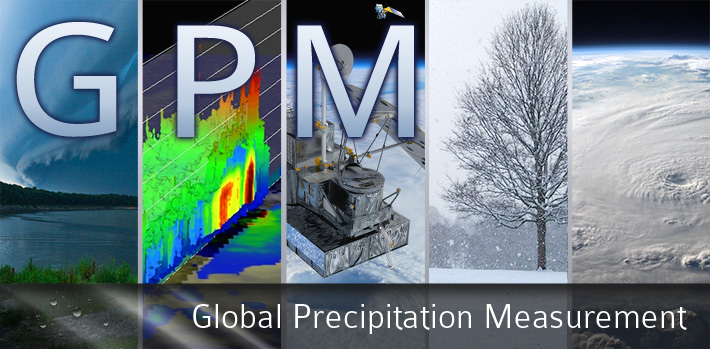Korean HSR
Comparisons of rainrates from IMERG (V06B) and Korean HSR
IMERG
Integrated Multi-Satellite Retrievals for GPM (IMERG) Algorithm
is intended to intercalibrate, merge, and interpolate "all" satellite microwave precipitation estimates,
together with microwave-calibrated infrared (IR) satellite estimates, precipitation gauge analyses, and
potentially other precipitation estimators at fine time and space scales for the TRMM and GPM eras over
the entire globe. The system is run several times for each observation time, first giving a quick estimate
and successively providing better estimates as more data arrive. The final step uses monthly gauge data
to create research-level products. Background information and references are provided to describe the context
and the relation to other similar missions. Issues involved in understanding the accuracies obtained from
the calculations are discussed. Throughout, a baseline Day-1 product is described, together with options
and planned improvements that might be instituted before or after launch depending on maturity and
project constraints.
The IMERG gridded estimates are on a 30-minute temporal resolution and
a 0.1o by 0.1o spatial resolution
extending from 180W to 180E and 90S to 90N (for Version 5 and later; 60S
to 60N for Version 4 and earlier ).
For more information about IMERG,
read IMERG_ATBD_V06.3.pdf
Thanks to George Huffman and David T. Bolvin for providing IMERG Early-Run, Late-Run, and Final-Run products.
Korean HSR
Korea Meteorological Administration(KMA) has developed a Hybrid Surface Rainfall (HSR) system
using Dual Polarization Radar.
The Korean HSR data are on a 1-hour temporal resolution and ~ 0.5-km spatial resolution
extending from 118.846E to 133.561E and 30.1071N to 43.5726N.
Thanks to Jun Park at KMA for providing Korean HSR data for this study.
Comparisons between IMERG and HSR over S. Korea
The comparisons are conducted over the area (125E-129.5E, 34N-38N)
during May 2019- Jul 2020 between Korean
HSR and Version-06B IMERG (Early, Late and Final Runs).
- Density plot for 0.1o hourly rainrates
- Hourly rainrate [mm/h] contours at 0.1oresolution
Hourly rainrate for each product is accumulated from its native temporal resolutions (1h for HSR, 0.5h for IMERG)
at 0.1o spatial resolution. HSR data are resampled to
0.1o for easy comparison with IMERG.
- Daily rainfall [mm] contours at 0.1o resolution
Daily rainfall for each product is accumulated from its native temporal resolutions (1h for HSR, 0.5h for IMERG)
at 0.1o spatial resolution. HSR data are resampled to 0.1o for easy comparison with IMERG.
Comparisons between IMERG and HSR for Typhoons in Korea
The comparisons are for following three typhoons over the maximum HSR area
(118.8oE-133.6oE, 30.1oN-43.6oN)
using HSR and Version-06B IMERG (Early, Late Runs) at hourly and 0.1o resolutions.
- Density plot for 0.1o hourly rainrates
- Hourly and daily rainrate contours at 0.1oresolution
Hourly and daily rainrates for each product are accumulated from its native temporal resolutions (1h for HSR, 0.5h for IMERG)
at 0.1o spatial resolution. HSR data are resampled to 0.1o for easy comparison with IMERG.
|



